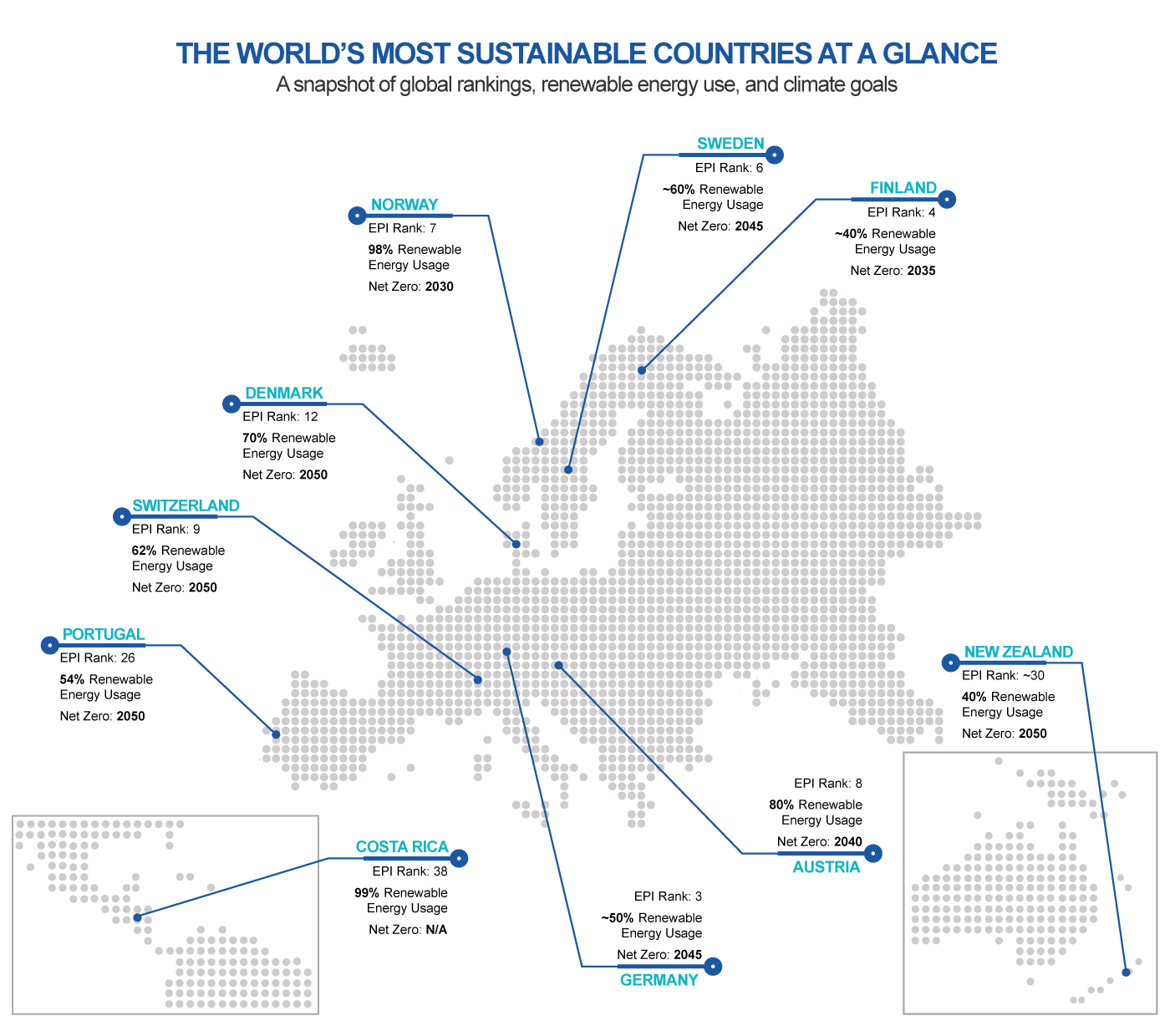Sustainability is now central to quality of life. As climate challenges grow, countries across Europe, Oceania, and the Americas are leading by adopting renewable energy, reducing emissions, and protecting ecosystems.
The greenest countries in the world, including Sweden, Denmark, Finland, and Switzerland, combine strong environmental policies with livable cities and sustainable infrastructure.
In this guide, we rank the top 10 greenest countries in 2025, highlighting the most sustainable, and environmentally friendly nations:
Top 10 Most Sustainable Countries in 2025
Countries are accelerating efforts to become more sustainable and climate-resilient not only to protect their own environments but to help reduce the pressures driving large-scale displacement.
According to Global Intelligence Unit’s Climate Change and Migration: From Displacement to Resilience report, “In 2023, 56% of the 47 million new internal displacements were triggered by disasters,” underscoring how environmental shocks already force millions from their homes each year.
The World Bank projects that by 2050, “climate change could force 216 million people across six world regions to move within their countries,” making sustainable development a shared global priority.
Let’s explore which countries are actively taking action to prevent the repercussions of climate change:
 1. Denmark: Thinking Outside the Energy Box
1. Denmark: Thinking Outside the Energy Box
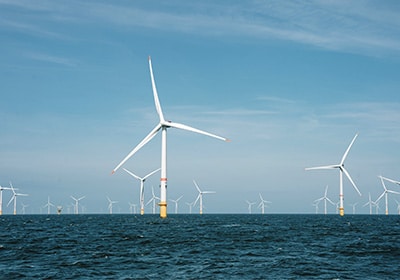
The country is building the world’s first energy islands, massive offshore hubs that will supply clean power across Europe.
Denmark’s culture is deeply connected to nature, and strict environmental policies protect land and water resources. Ranked 12th on the Environmental Performance Index, it’s considered one of the best countries to live in for its innovation, sustainability, and high quality of life.
 2. Sweden: A recycling pioneer
2. Sweden: A recycling pioneer

This Nordic nation is deeply committed to sustainability, tackling challenges like transboundary air pollution with decisive action. For example, Sweden championed the Convention on Long-range Transboundary Air Pollution, which has helped drive air pollution to record lows.
Environmental awareness is woven into daily life, with a circular economy that prioritizes reusing, repairing, and recycling. Sweden leads the world with a 99% recycling rate. Renewable energy, such as biomass heating, and sustainable transportation encourage Swedes to cycle almost everywhere.
 3. Switzerland: For the love of nature
3. Switzerland: For the love of nature
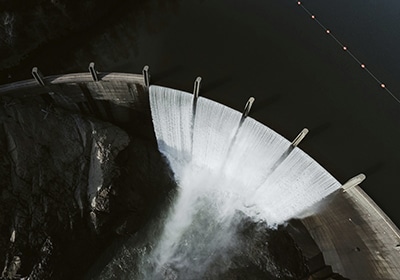
The Swisstainable initiative certifies and rewards businesses and tourism operators that demonstrate a commitment to sustainable practices, encouraging clean water management, renewable energy use, and waste reduction.
Strict environmental regulations help protect water quality, biodiversity, and natural landscapes.
A culture of recycling and conservation ensures resources are used responsibly, supporting Switzerland’s goal of reaching net-zero emissions by 2050.
 4. Finland: See the forest for the trees
4. Finland: See the forest for the trees

About 75% of the country’s land is forested, and the Finnish Forest Act requires regeneration after logging while prioritizing ecological protection.
Finland’s so-called wood economy means large areas rely on forestry for income, with wood products accounting for 20% of exports.
The country also promotes renewable energy and public transport as central pillars of its strategy to cut emissions and protect biodiversity.
 5. Norway: Utilizing the powers of nature
5. Norway: Utilizing the powers of nature

Ranked 7th on the Environmental Performance Index, Norway is also a global leader in electric vehicles. 88.9% of new car sales were electric in 2024, the highest share worldwide.
The country supports sustainability abroad by developing hydropower solutions for rural communities in the Balkans, Kenya, and Indonesia.
Domestically, Norway’s policies continue to invest in renewable infrastructure and sustainable transport.
 6. New Zealand: Indigenous-led environmentalism
6. New Zealand: Indigenous-led environmentalism

30th on the Environmental Performance Index, New Zealand protects 33% of its marine areas and empowers Māori communities to play a leading role in environmental policy through the concept of kaitiakitanga, which emphasizes guardianship and stewardship of the environment.
The government supports initiatives like the Trade for All agenda, ensuring economic development benefits all communities while upholding sustainability goals. Agencies such as Maritime New Zealand help regulate marine conservation and control waste, while New Zealand also champions the Ocean Acidification Action Group to protect marine ecosystems globally.
These efforts reflect the country’s deep cultural respect for nature and its long-term commitment to conservation and environmental leadership.
 7. Germany: All hands in approach
7. Germany: All hands in approach

Germany has reduced greenhouse gas emissions by over 40% since 1990 and aims for net-zero by 2045. Public engagement is strong: Germans often choose public transport and cycling, and the country has one of Europe’s largest electric vehicle fleets.
Buildings account for about 35% of energy use, so the Passive House Standard and Energy Efficiency Strategy 2050 focus on renovations and cutting consumption. These efforts make Germany a model for balancing environmental health and social well-being.
 8. Austria: Back to nature farming
8. Austria: Back to nature farming

It ranks 8th on the Environmental Performance Index and is working toward climate neutrality by 2040.
The country is phasing out oil, coal, and fossil natural gas for heating while focusing on renewable energy and eco-social tax reforms to reduce emissions and protect natural resources.
 9. Costa Rica: A biodiversity haven
9. Costa Rica: A biodiversity haven
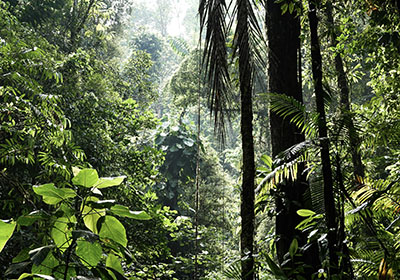
The country generates 99% of its electricity from renewables, including hydropower and geothermal.
With about 60% of its land covered by rainforest, Costa Rica has become a leader in conservation.<
Ranked 38th on the Environmental Performance Index, it has reversed decades of deforestation and now protects nearly 25% of its territory.
It was also the first country in Latin America to receive World Bank payments for reducing emissions by preventing deforestation.
 10. Portugal: Protecting natural resources
10. Portugal: Protecting natural resources
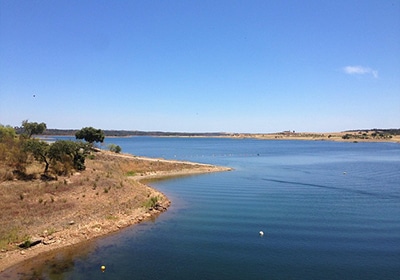
In 2019, 54% of the country’s electricity came from renewables like wind, solar, and hydropower, supported by projects such as the WindFloat Atlantic and the Serpa Solar Power Plant. Portugal aims for carbon neutrality by 2050 and has already cut greenhouse gas emissions by over 30% since 2005.
To tackle water scarcity, the government promotes efficient irrigation, water reuse, and public awareness, while the Alqueva Dam, the largest artificial lake in Western Europe, provides a vital reservoir for agriculture. Lisbon’s network of electric buses and trams, plus incentives for electric vehicles, further supports clean transportation.
Portugal also protects its stunning natural landscapes with national parks like Peneda-Gerês and Ria Formosa, sustainable farming, and responsible fishing regulations. Ranked 26th on the Environmental Performance Index, it’s not only one of Europe’s most sustainable destinations but also among the easiest countries to get residency. Portugal citizenship offers accessible visa options for those who want to live in an eco-conscious, well-connected nation, and the Portugal Golden Visa remains a popular route for investors seeking a European foothold.
How are the most sustainable countries in the world measured?
Key metrics that define the greenest countries
- Environmental policies: The most sustainable countries actively reduce greenhouse gas emissions, protect ecosystems, and promote public health while fostering economic growth.
- Renewable energy usage: Nations that prioritize solar, wind, hydro, and geothermal power over fossil fuels rank higher for sustainability.
- Waste management and recycling: Efficient systems that reduce landfill use, promote circular economies, and prevent environmental harm are key indicators.
- Biodiversity conservation: Protecting forests, marine life, and natural habitats ensures long-term ecological balance and food security.
Global indexes used
- Environmental Performance Index (EPI): Measures sustainability through air and water quality, habitat conservation, agriculture, and climate change mitigation.
- Sustainable Development Goals (SDGs): Countries are evaluated on their progress toward goals like clean water, renewable energy, and climate action.
- Green Future Index: Assesses how well countries have transitioned to green energy, reduced emissions, and invested in eco-innovation.
- Global Passport Index’ Quality of Life Index: This index includes a Sustainable Development component, offering insight into countries that not only protect the environment but also provide high standards of living.
Frequently Asked Questions
What is the greenest country in 2025?
Denmark ranks as the most sustainable country in 2025, thanks to its ambitious climate goals, offshore wind energy, and green infrastructure. It consistently leads in environmental policy, clean energy use, and quality of life.
What city has been dubbed the most sustainable in 2025?
Copenhagen in Denmark is seen as one of the most sustainable cities in the world. They have the ambitious goal of becoming carbon neutral by the end of 2025.
Which countries are viewed as the least sustainable?
China, India, Vietnam and Myanmar top the list of least sustainable countries.
This is all due to pollution, the production of plastic waste, lax government environmental policies and lack of public awareness.
Which countries are best at recycling and waste management?
Sweden, Germany, and Austria are world leaders in recycling and waste-to-energy systems, diverting over 90% of waste away from landfills.
What country produces the least pollution?
Bhutan produces the least pollution globally and is even carbon-negative, while Sweden and Finland also rank low due to strict environmental regulations and clean transport systems.
Which countries use the most renewable energy?
Iceland, Norway, Portugal, and Costa Rica generate over half of their energy from renewables, including hydropower, wind, solar, and geothermal sources.
What makes a country eco-friendly?
An eco-friendly country implements policies that lower emissions, support renewable energy, protect biodiversity, reduce waste, and ensure citizens have access to green spaces, clean air, and sustainable transport.
Which countries have the lowest carbon footprints?
Countries with the lowest per capita emissions include Iceland, Sweden, and Costa Rica, largely due to their clean energy reliance and sustainable land use practices.

